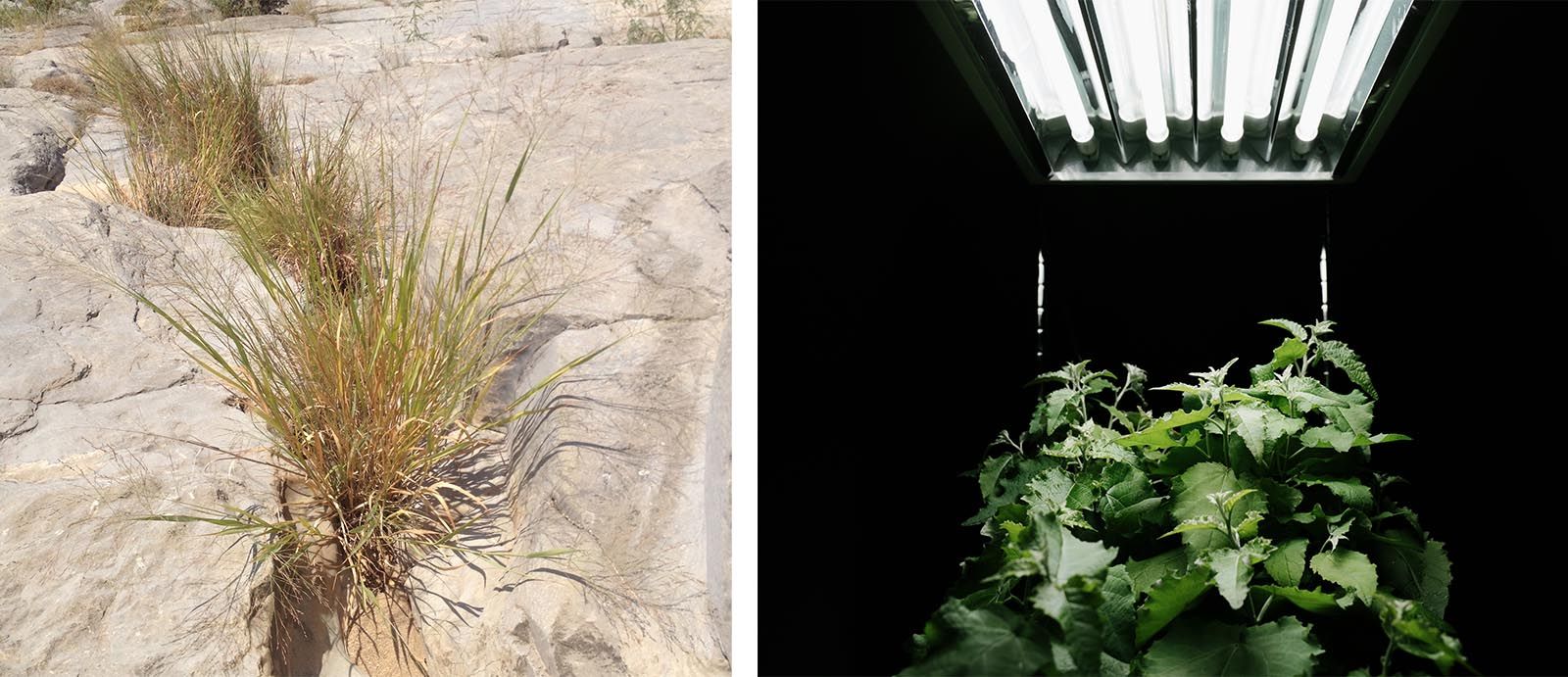Millions of years ago, plants and plankton were naturally buried beneath the soil. The resulting pressure and temperature they were exposed to turned them into gas, coal, and oil. As we know, our burning of these fossil fuels has caused climate change. If plants are indirectly the cause, perhaps they are also the cure for this climate instability.
Living Carbon explores this possible solution. They enhance natural traits in plants as a solution for stabilizing the climate. By using genetic information from plants that evolved during a time in which the CO₂ concentration in the air was lower, they can increase the efficiency of the photosynthesis process.
In the photosynthesis process plants absorb carbon dioxide and water to make sugars, emitting oxygen. When a mistake is made in the fabrication of the sugars, the plant can break them down again in the reverse process: photorespiration. Here, the sugars are broken down, oxygen is absorbed and carbon dioxide and water are emitted. The genetic modification made by Living Carbon has made the trees perform less photorespiration. This allows them to use more energy for photosynthesis, grow 50% more biomass, and capture more carbon dioxide than normal plants. Because of this less land area is necessary to store the same amount of carbon.

Not only are genetically modified trees a natural solution for climate change, but they can be planted in areas that are now not suitable for plants. In addition to the enhanced photosynthesis, they are modified to be able to accumulate much higher levels of toxic metals in their roots. This naturally slows decay and cleans soils made toxic by industrial activity. The trees can be planted in abandoned mine sites, which can restore ecosystems that were previously destroyed. A second benefit of accumulating metals in wood is that it becomes more resistant to decomposition. This decay resistance ensures the carbon is stored longer than in regular trees.
The use of biological carbon drawdown has some advantages over other technologies such as direct air capture, which often have high costs, conflicting incentives, and need intensive management. Living Carbon has proved that using the already present intelligence of plants can increase terrestrial carbon capture and storage in ways that would otherwise not be possible. The corporation envisions a future in which natural processes that have evolved throughout the plant kingdom can be used to maximize the potential of plants to sequester carbon and rebalance ecosystems.


Comments (0)
Share your thoughts and join the technology debate!
No comments yet
Be the first to share your thoughts!